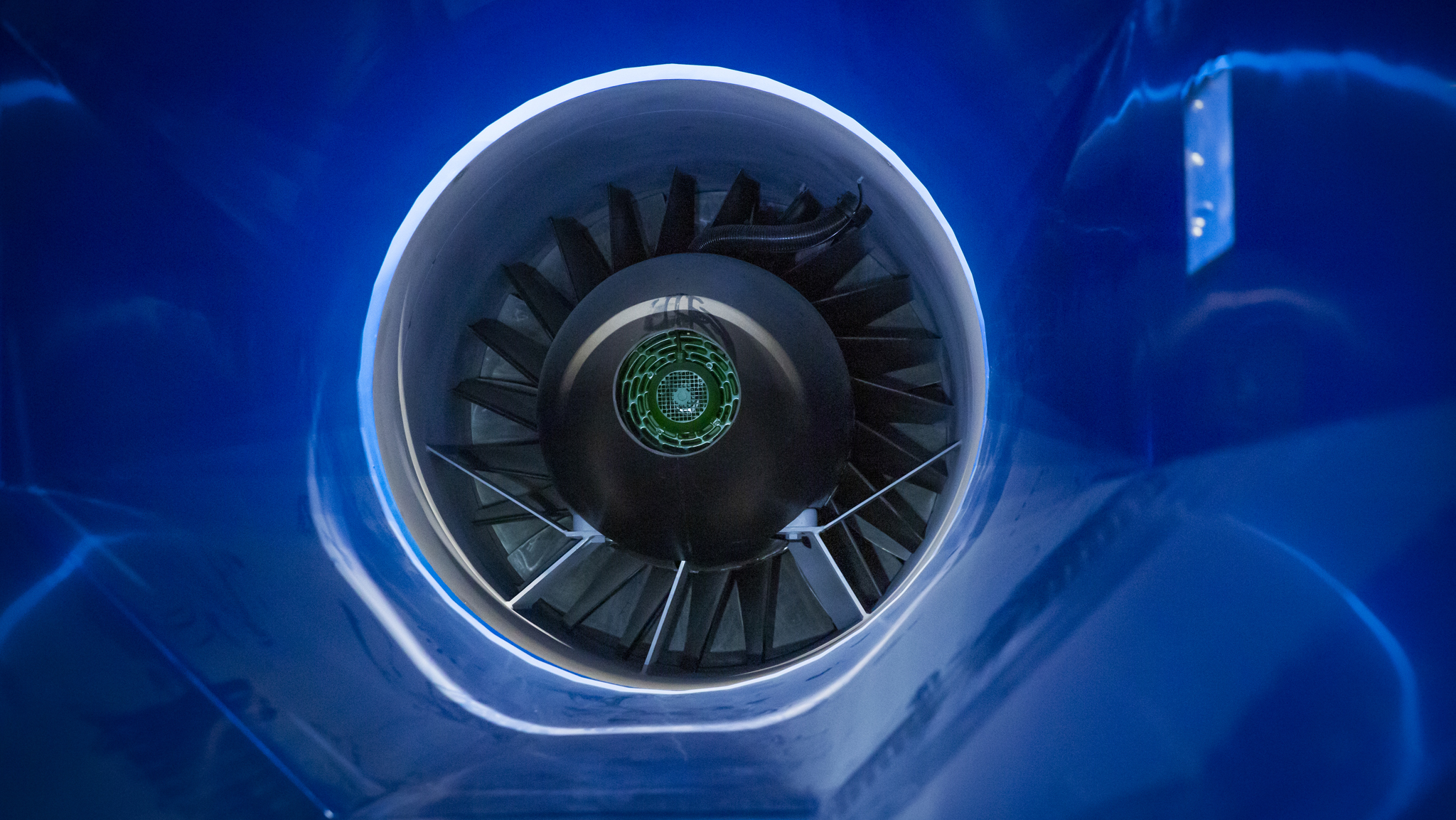
01 October 2025
CHECK OUR NEWS IN BRIEF HERE
We are proud to announce that our CEO Tineke van der Veen has joined the Board of the NIDV - Nederlandse Industrie voor Defensie en Veiligheid.

01 October 2025
We are proud to announce that our CEO Tineke van der Veen has joined the Board of the NIDV - Nederlandse Industrie voor Defensie en Veiligheid.
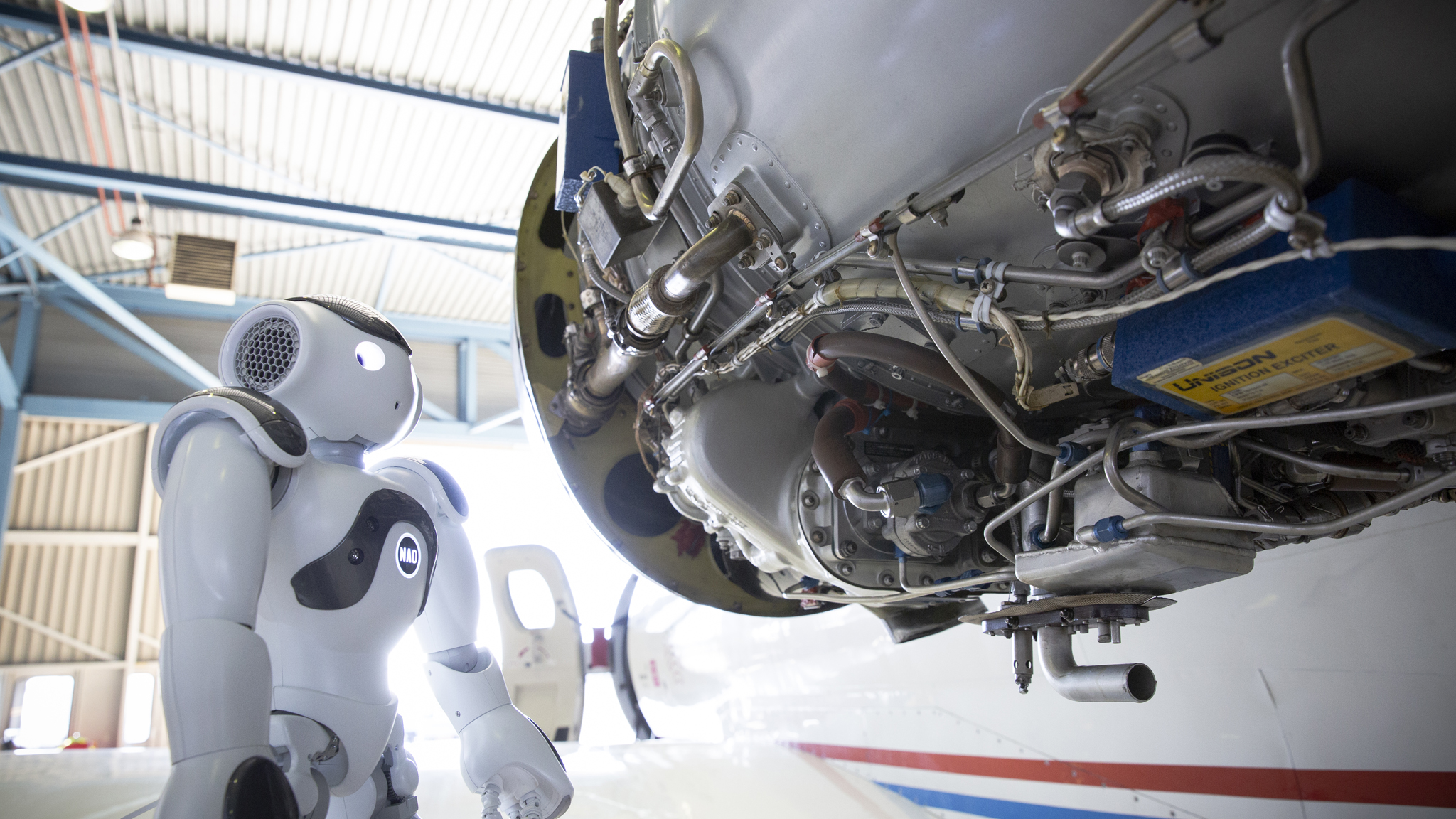
24 January 2025
“If aviation is to function properly, both the civil and the military sides, it’s important that planes and helicopters are available enough of the time. If aircraft break down or if components can’t be delivered, it reduces the availability figure. In this programme, we investigate how that availability can be improved, for instance using new technologies.”

08 January 2024
The next generation of rotary-wing platforms is being developed to meet the challenges of civil mobility demands, providing increased speed, range and productivity to bridge the gap between conventional helicopters and fixed-wing platforms. The novelty and increased complexity of these platforms demand a great deal of testing. This is where the ATILLA project comes into play with its unique and complex tiltrotor wind tunnel testbed.
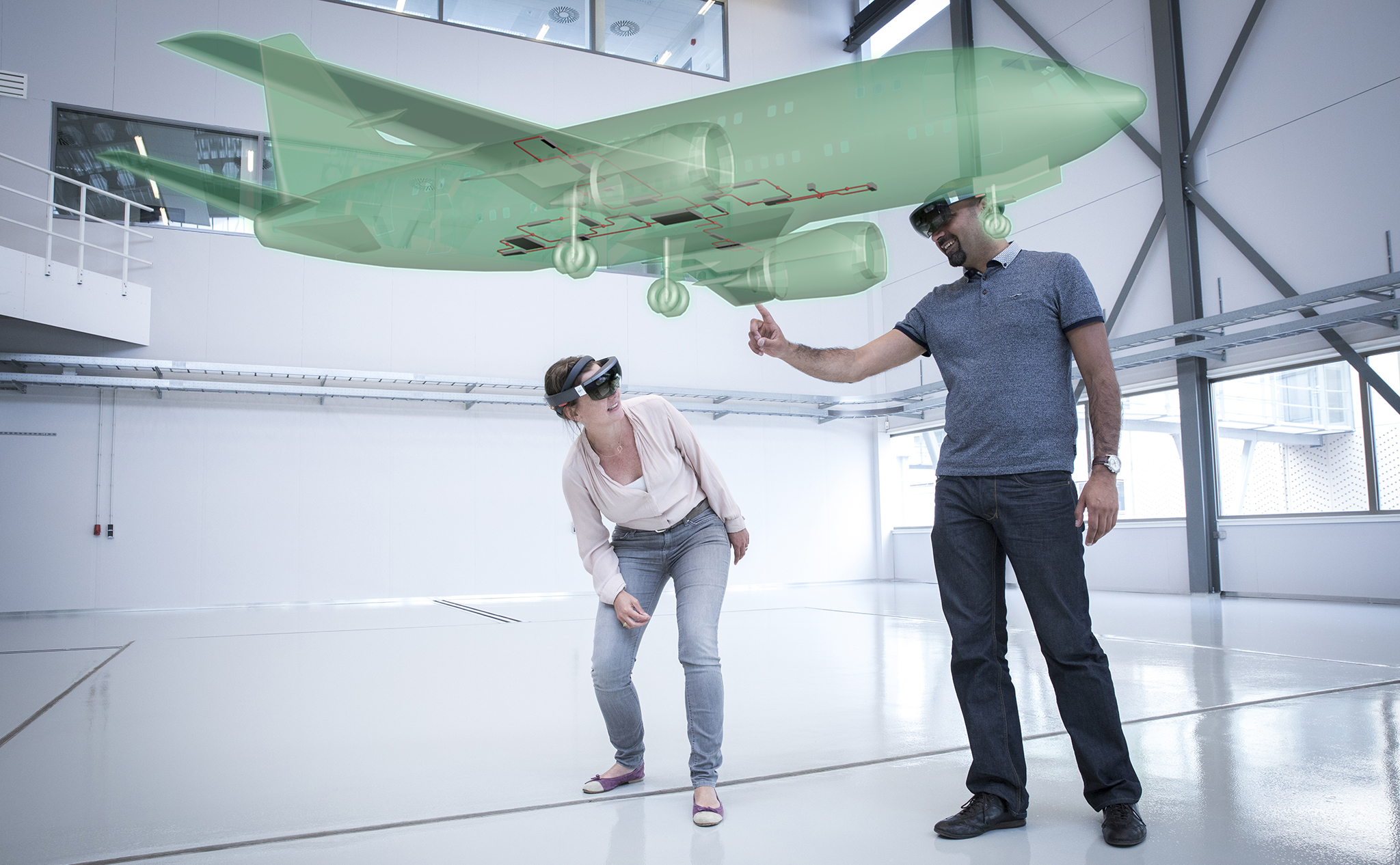
06 February 2025
Each part task and whole task that is defined in the blueprint of the training needs to be analysed via the BLE method (blended learning) designed by NLR. Also, requirements emerging from the training concept need to be taken into account (e.g. data gathering requirement for performance based training or interconnectivity requirements for a live virtual constructive environment). The principle of the BLE method is a questionnaire that defines the minimum user requirements of the media for each training element (e.g. whole task, part task, supporting theory). Those user requirements guide the selection or development of the training media.

06 February 2025
The Training Needs Analysis is the beginning of a training design process. It provides insights into the trainees, their starting point and the intended end goal. NLR uses a competency based training approach to ensure the professional is prepared for a multitude of nominal and adverse situations. A competency contains skills, knowledge and attitudes that are necessary to exercise one’s profession in the operational context.
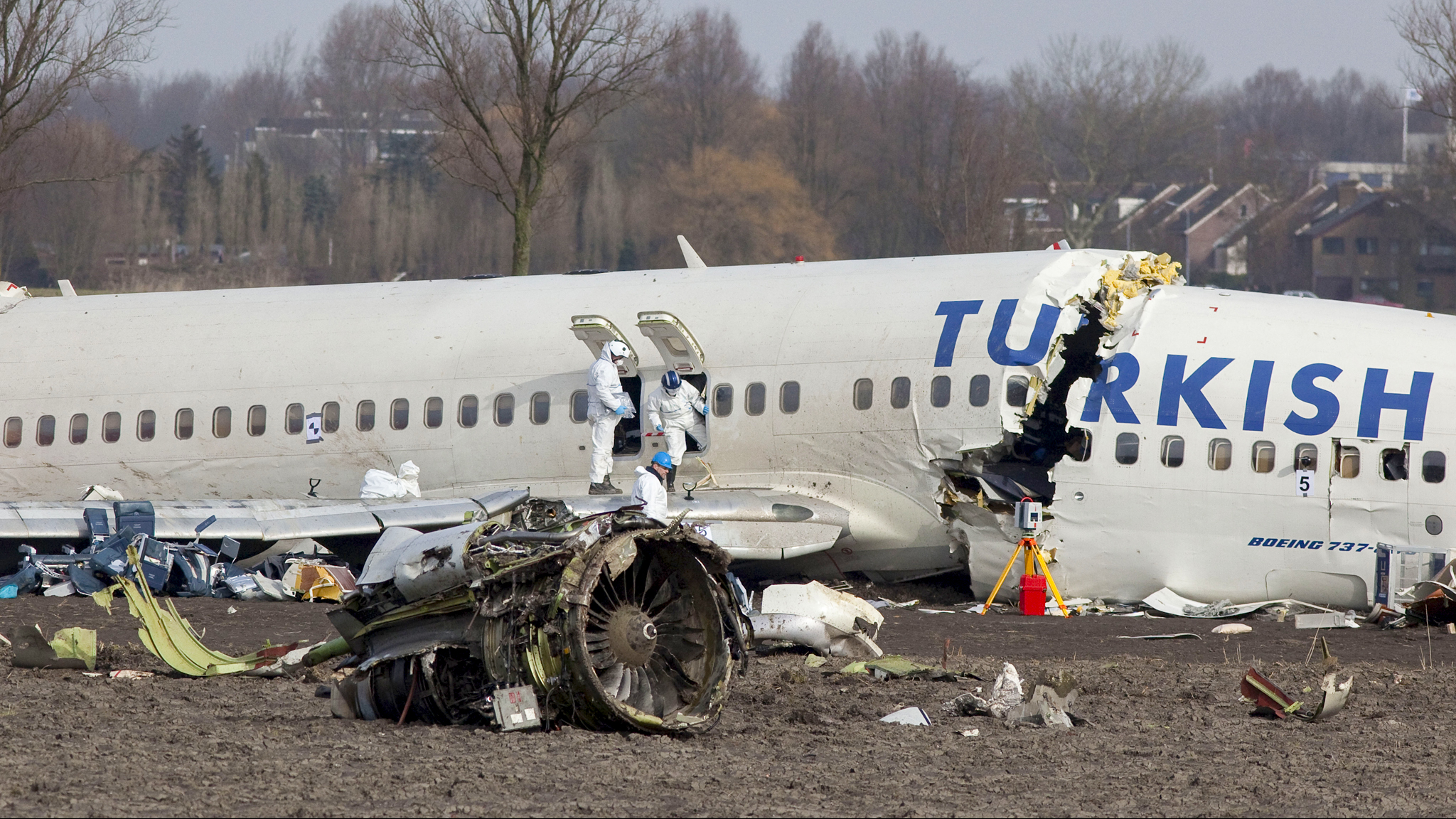
25 February 2025
NLR can provide expert support during accident or incident investigations, offering specialist advice and analysis of critical data such as flight or radar records. Our team can also delve into the details of flight performance and dynamics, as well as investigate systems, components, materials, or structures through testing and analysis. This helps to uncover the root causes of incidents and inform safety improvements.

18 April 2024
In the series ‘NLR People’, we show you who the experts at the Royal Netherlands Aerospace Centre are, what drives them, and what they are working on behind the scenes. In this episode: Arjan de Jong, Principal R&D Engineer at the Maintenance and Engineering Technology (MAE) department.
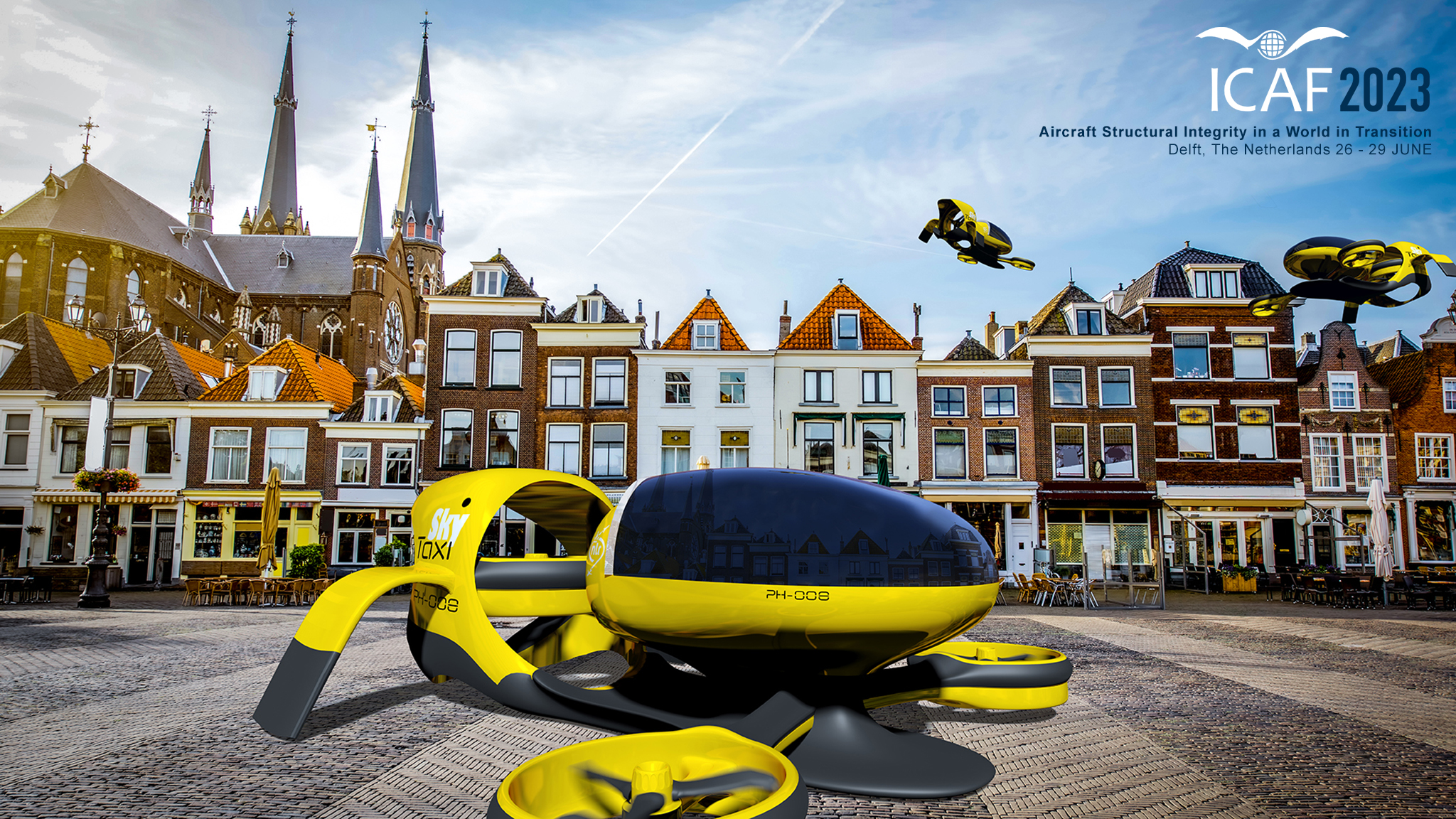
20 July 2023
ICAF Conference: fatigue and the integrity of structural materials. To make flying as efficient and sustainable as possible, the aviation sector is always on the lookout for ways of making aircraft as light as possible. Fatigue – the point at which a material gives way under a low but varying load – plays an important role in this. The service life of an aircraft is largely determined by the risk of failure due to fatigue. Now that advanced lightweight materials and structures are gaining ground, the topic has become more urgent than ever.
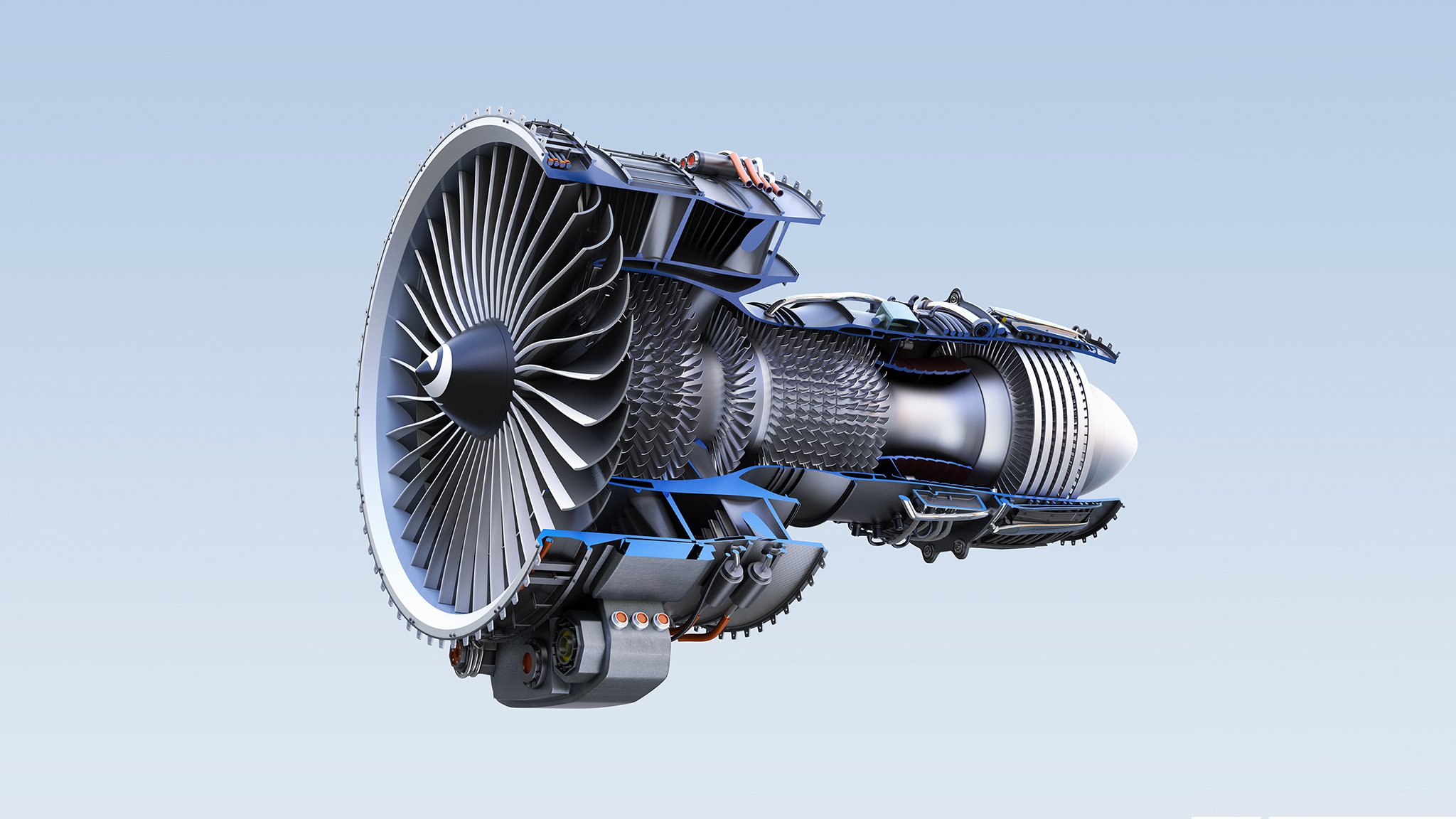
14 February 2022
An important trend in the sustainment of aircraft engines is the transition from preventive maintenance to predictive maintenance. This concept aims to minimise the engine down-time and maintenance costs while preserving its required performance level and airworthiness. For this it is necessary that the momentary engine condition can be established and that this condition can be reliably extrapolated to a convenient moment in the future in order to facilitate the planning process.